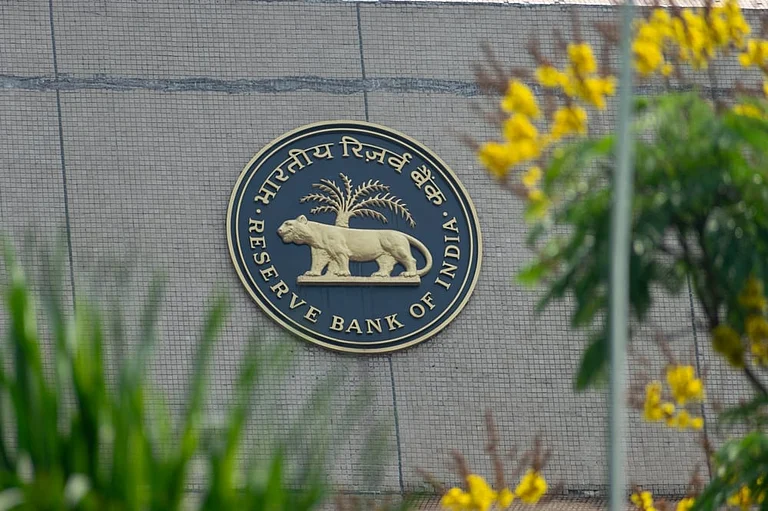Fintech lenders have transformed access to credit worldwide. However, as per Boston Consulting Group and QED Investors' Global Fintech Report 2025, they are still modest participants in secured lending even as consumer and business demand increases. While digital wallets, point-of-sale financing, and unsecured personal loans have been at the forefront of fintech, asset-backed loans such as home, auto, and business loans are controlled by traditional financial institutions and banks.
Across the world, fintechs had taken barely 3 per cent of the 2.4 trillion dollar lending revenues pie as of 2024. Secured personal loans make up barely 2 billion dollars of this amount, demonstrating just how narrow fintech penetration is in this segment.
Fintechs Have Specialised in Quick, Digital Credit
The fintech lending approach has succeeded in regions where convenience, speed, and automation are highly appreciated—like small-ticket personal loans, BNPL, and merchant cash advances. These are relatively simple products to document, and they disburse rapidly, something that complements digital platforms.
But secured lending has greater complexity. It conducts physical checks of assets, legal documentation, longer turnaround times for approvals, and higher regulatory adherence. Consequently, even the most successful fintechs have struggled to scale secured loan offerings.
In those markets of North America and Europe, fintech lenders like Lending Club and SoFi have been able to scale in niches such as student loans or refinancing. However, they mostly do so through unsecured personal loans.
Chances Ahead as Conditions Change
Despite their limited role in secured lending so far, fintechs may be better placed to expand into this space in the coming years. The report identifies three major tailwinds: improved data and underwriting models, access to long-term private capital, and declining interest rates.
Globally, private credit funds now manage around 1.7 trillion dollars in assets, and they are increasingly partnering with fintechs to fund loan portfolios. Notable deals include SoFi's 4 billion dollar agreement with Blue Owl Capital and Klarna's 30 billion pound loan sale to Elliott Management. These arrangements give fintechs access to capital without depending on deposit bases like banks do.
Second, as fintech lenders become more established, so does the quality of customer data that they collect. This assists in credit scoring and lending decisions even for asset-backed loans that need more nuanced evaluations. Along with softening interest rates, these trends could assist in increasing secured credit demand—and fintechs could well be poised to meet it.
Where Credit Demand Is Coming From
The report indicates that the demand for credit is expanding the fastest among underserved customer segments. These are small businesses, gig economy workers, and young consumers with thin credit files. In most markets, including Latin America, Southeast Asia, and some African countries, incumbent banks have been reluctant to lend to these borrowers because of high operating expenses or regulatory challenges.
In India, for instance, online channels such as PhonePe and Paytm have made it in payments, yet secured lending is comparatively a virgin territory. India belongs to the Asia-Pacific region, which accounts for 10 per cent of worldwide scaled fintech revenues. Being a populous country with an expanding digital presence, according to the report, it is a market to observe, particularly with the rising demand for formal credit from micro-enterprises and salaried workers.
Fintechs Must Establish for the Long Haul
In order to thrive in secured lending, fintechs will need to do more than automate the loan application. They will have to invest in improved verification systems, enhance risk assessment models, establish trust with hesitant borrowers, and operate under regulatory environments that support transparency and compliance.
A few fintechs are already testing embedded lending with e-commerce and software platforms. Others are creating co-lending alliances with non-banking finance companies (NBFCs), especially in India, to gain access to legacy credit channels without giving up the digital user experience.
As they scale up, secured lending may turn out to be a top growth area—both for fintechs but also for financial inclusion in general.










